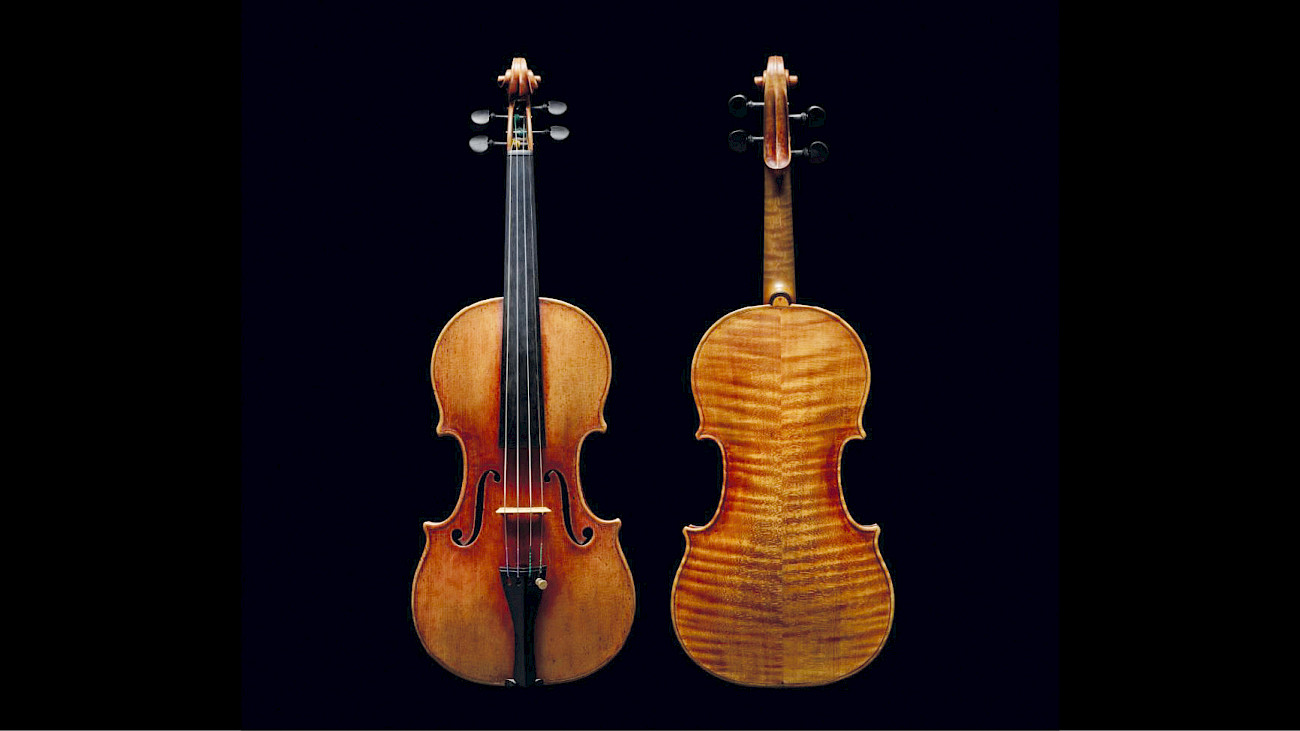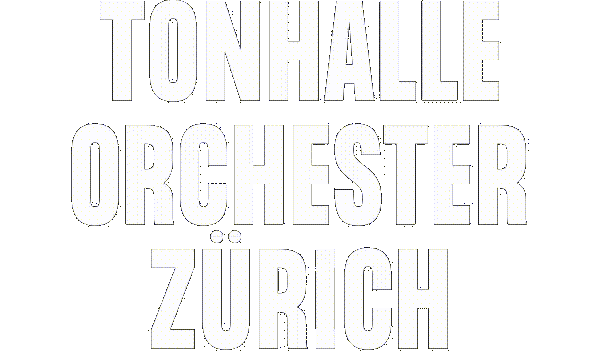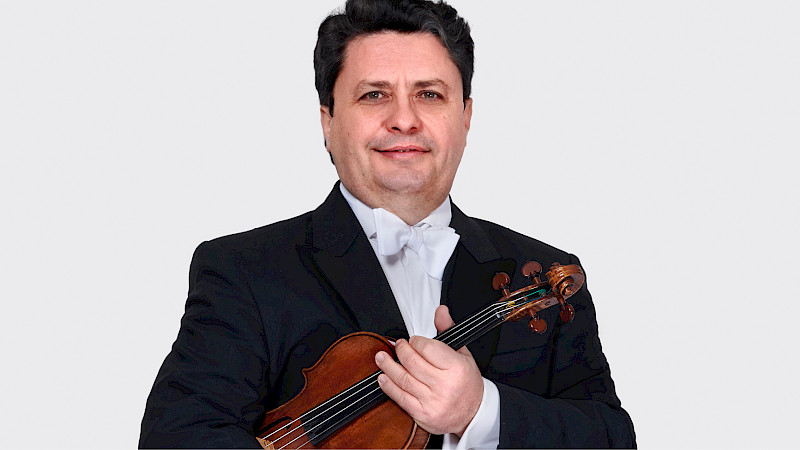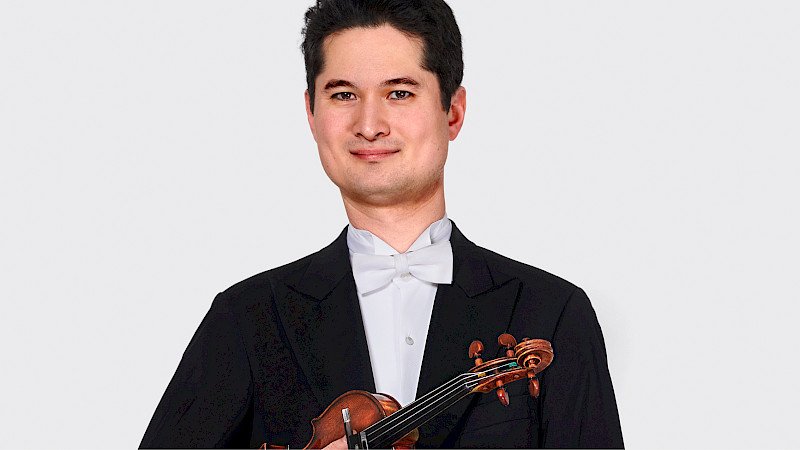
Four-string treasures
Some of the soloists at the Tonhalle Zurich play on instruments you could buy a house for. How is that possible?
It was hotly debated in the media for weeks: Who will buy Stradivari's "Joachim-Ma" from 1714 at auction at Sotheby's in New York? Will it - with an estimated value of 12 to 18 million US dollars - become the most expensive instrument in the world? After all, it was made by one of the best violin makers of all time. It is named after the virtuosos Joseph Joachim and Si-Hon Ma. Joachim counted the instrument "among the most excellent in Europe" and probably played the premiere of Johannes Brahms' Violin Concerto on it in 1879. Ma - the student of a Joachim pupil - acquired the violin in 1967, and after his death in 2009, it came to the New England Conservatory with the understanding that it could one day be sold to fund student scholarships. That moment came on 7 February 2025.
in 2011, another Stradivarius, the "Lady Blunt" (named after Anne Blunt, the granddaughter of Lord Byron), made it into the Guinness Book of Records when it was auctioned for 15.9 million US dollars. The valuable violin went to a private buyer - and disappeared from the public eye again. However, this is not the norm. Instruments often find their way back onto the stage. There are plenty of examples of this. On the evening of the auction of the "Joachim-Ma", Anastasia Kobekina was our guest. She played on a cello by Antonio Stradivari from 1698. Isabelle Faust ("Sleeping Beauty", 1704) and Leonidas Kavakos ("Willemotte", 1734) will also be performing on "Strads" - as the connoisseurs casually call them - at the Grosse Tonhalle this season; Augustin Hadelich, on the other hand, plays a violin by Giuseppe Guarneri del Gesù from 1744, known as "Leduc, ex Szeryng".
How is that possible? Do they all own these four-stringed treasures? No, Kavakos is the only one of those mentioned who owns his violin. In the classical music industry, it is common practice for the best and most valuable instruments to be lent to musicians. The owners benefit from this: whether violin, viola or cello, the instruments of famous masters such as Antonio Stradivari, Giuseppe Guarneri del Gesù or Nicola Amati constantly increase in value, especially when they are played by renowned virtuosos - and are therefore considered a stable investment. Sometimes they are brokered by foundations, such as the Maggini Foundation in Basel. Here, private individuals, collectors, companies, banks and insurance companies from all over the world make their unique instruments, some of which cost the same as a family home, available to musicians at favourable rental prices.
Whether this will also be the case with the "Joachim-Ma" is still up in the air: Sotheby's has announced that the buyer wishes to remain anonymous. Incidentally, the violin was sold for 11.25 million US dollars, falling short of the auction record. Nevertheless, it is likely to be the third most expensive instrument ever sold at auction. We can only hope that it will not share the fate of the "Lady Blunt" and that we will one day have the pleasure of hearing this "exquisite" violin in the Tonhalle Zurich.
We use deepL.com for our translations into English.





